Basileia identifies with and adapts for the 21st century certain features of Celtic Christianity including 1) communities in which people belong in order to believe, meaning that all members are on a journey together to discover, embrace and fulfill their destiny, 2) the formation of believers, not into “local churches,” but into communities (often done today first virtually and then in various face-to-face ways over time) that operate like colonies of heaven on earth in the midst of the world, 3) communities that have a monastic dimension, lived out more intensively by some and less so by others, but shaping the life of all, 4) communities that are missional and therefore see all members, ecclesial structures and governing offices of members as called to advance the Kingdom, not just administrate what has already been established, 5) communities that have a mystical connection with the divine in and through creation, giving rise to the care and stewardship of creation, 6) communities that are “thin places” where the veil between the realms of heaven and earth is “thin,” creating an atmosphere of connectedness in Christ between people and things across space and time, thus making the Communion of Saints a daily experiential reality of community life.
Also see Celtic Community-Builders, Colonies of Heaven on Earth, Communion of Saints, and Thin Place.
